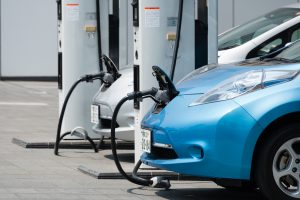 Electric vehicles don’t only move people, they move companies too. And Volkswagen is making big moves when it comes to investing in battery-powered vehicles.
Electric vehicles don’t only move people, they move companies too. And Volkswagen is making big moves when it comes to investing in battery-powered vehicles.
According to an article in AXIOS written by Eric Wachsman, director of the Maryland Energy Innovation Institute at the University of Maryland, founder of Ion Storage Systems, and 3rd vice president of the ECS board of directors, in June alone, Volkswagen invested $100 million in QuantumScape, a solid state battery startup. And now, the car company is considering building a factory in Europe to produce solid state batteries, a next-generation battery technology, to power their electric vehicles. Volkswagen isn’t alone. Solid-electrolyte batteries are getting international attention from companies like Toyota, Nissan, Dyson, and BMW, who’ve all made similar investments. (more…)


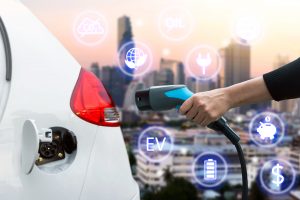
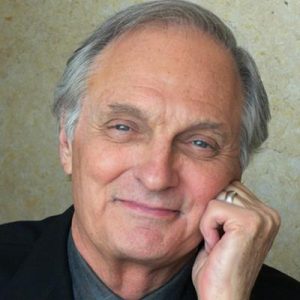

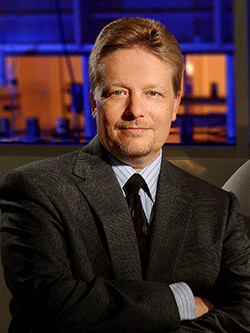
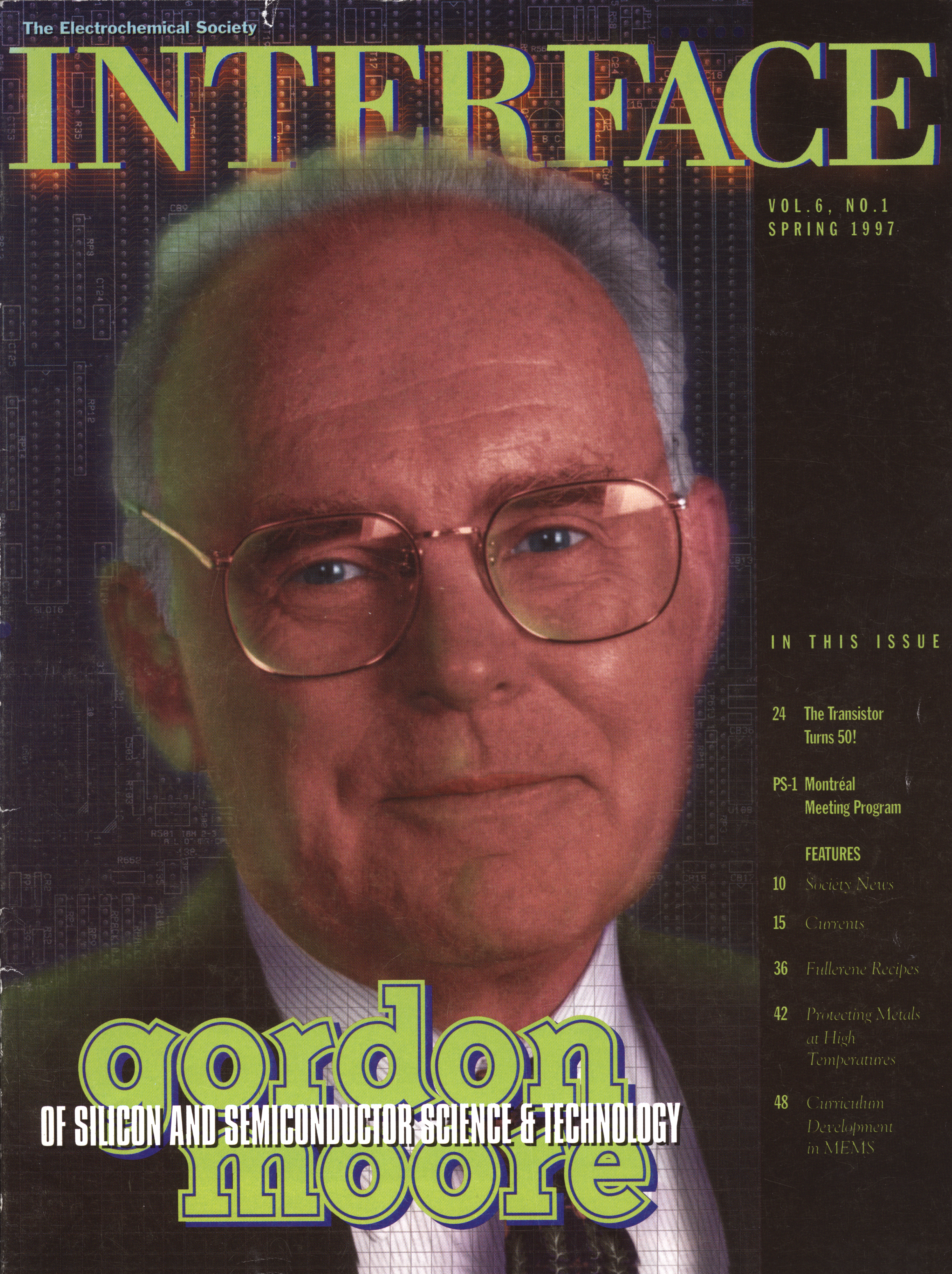 Nineteen sixty-eight marked a year of tragedy but also of transformation. It may be 50 years in our past, but what occurred that year is still very much alive with us today. Here are our top 5 reasons why the scientific advances of that year are super “groovy” in our book:
Nineteen sixty-eight marked a year of tragedy but also of transformation. It may be 50 years in our past, but what occurred that year is still very much alive with us today. Here are our top 5 reasons why the scientific advances of that year are super “groovy” in our book:
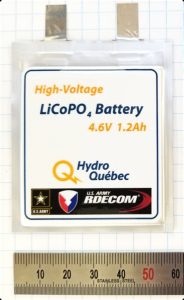
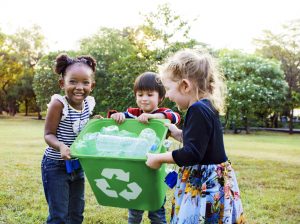
 Researchers at KTH have successfully tested a new material that can be used for cheap and large-scale production of hydrogen – a promising alternative to fossil fuel.
Researchers at KTH have successfully tested a new material that can be used for cheap and large-scale production of hydrogen – a promising alternative to fossil fuel.